
|
|
|
|
|
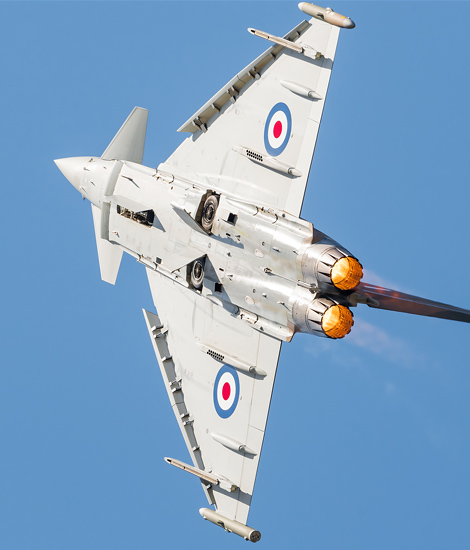
|
The A-10 Thunderbolt II; RAF Fairford, July 19 & 20, 2015
The Royal International Air Tattoo, part 2; Text and Photograph's by Alex van Noye
The Fairchild Republic A-10 Thunderbolt II is a fighter built by Fairchild which is only in use at the US Air Force. It is the only USAF aircraft which was developed primarily for the Close Air Support (CAS) mission. The Thunderbolt is specially equipped for destroying armored vehicles and ground targets from a close range.
The Republic A-10 Thunderbolt can be used against moving ground targets and targets which are further from the troops removed. A secondary task which can be fulfilled by the aircraft is acting as flying Forward Air Controller (FAC). During these kinds of missions the pilot allocates targets for other aircraft which will destroy the targets. The official name for the A-10 is Thunderbolt II. The aircraft was named after its predecessor from the Second World War, namely the P-47 Thunderbolt. The Thunderbolt II soon got the nickname "Warthog" or shorter "The Hog". The aircraft received this name because of its ugly appearance and relatively low airspeed. The aircraft is designed very robust and can be armed to the teeth. The production of the A-10 stopped in 1984. A total of 715 aircraft were built for the USAF. The A-10 is because of its long straight wings with downward curved wingtips very maneuverable at low speeds and low altitudes. The aircraft can easily take-off and land from very short runways. The A-10 Thunderbolt has the ability to patrol very long above the battlefield and can operate under a low-hanging cloud deck at 300 meters with a vision which is worse than 2,5 km. The fuselage was made in a honeycomb structure which is resistant to hits from armor-piercing and high-explosive ammunition up to 23 mm. All primary flight systems are redundant in the aircraft for a maximum survivability. This allows the pilot to land safely even without hydraulic pressure or a partly missing wing due to enemy fire. The aircraft has self-sealing fuel tanks and is still controllable with a missing motor, a missing tail, a missing aileron and a half missing wing.
The A-10A Thunderbolt can carry a large weapon load under its wings, but its main weapon is the rotating seven barrel Avanger 30mm GAU-7 cannon. The aircraft is designed around this weapon. This gun is very large and is placed on the centerline of the aircraft. The nose wheel of the aircraft was therefore placed off center under the nose of the aircraft. The A-10 was developed based on the experiences which had
|
|
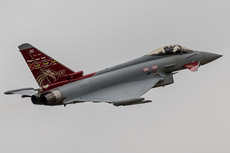
|
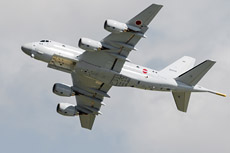
|
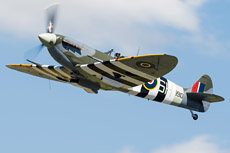
|
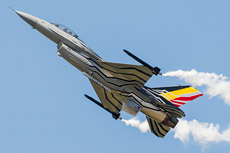
|
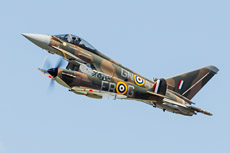
|
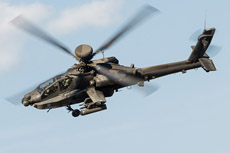
|
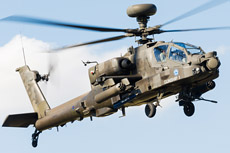
|
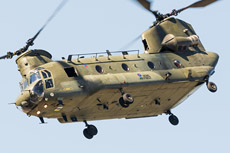
|
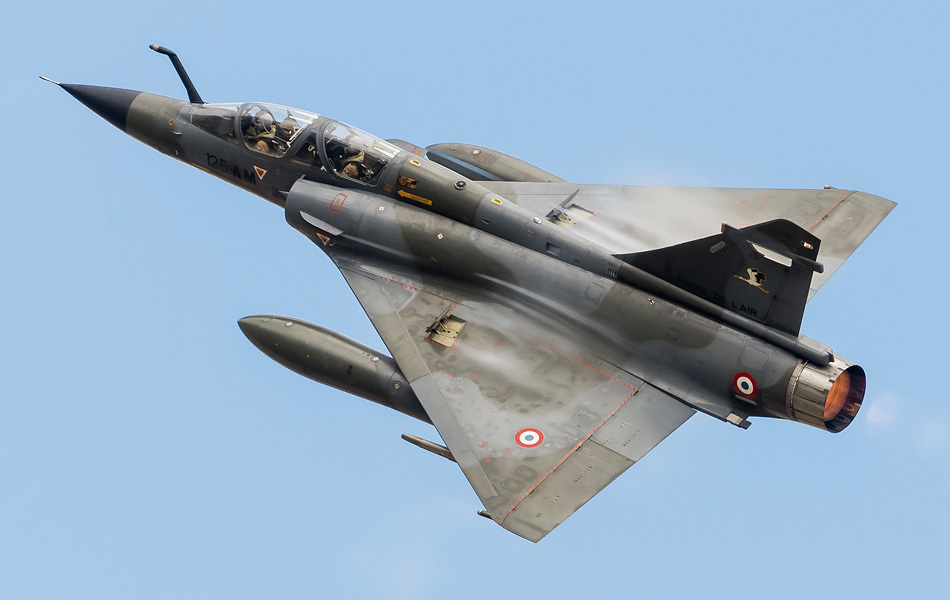
|
been gained by the USAF during the Vietnam War. During this war many aircraft were during the CAS missions heavily damaged or shot down by small arms, surface to air missiles and anti-aircraft guns. Fairchild based the design of the aircraft on these events. The YA-10A prototype made its first flight on April 5, 1972. The Thunderbolt had a very short development process; the first operational A-10 production model was delivered in October 1975. The first deliveries to the USAF were in March 1976 and the first operational squadron was operational with the A-10A Thunderbolt in October 1977 at Davis Monthan AFB in Arizona. Later a single seat A-10A was converted into a two-seater test version of the aircraft. This aircraft would be referred to as the YA-10B Thunderbolt II. The US Air Force had the intention to use the two-seaters for nighttime missions or operations in bad weather conditions. However, these plans were never realized by the USAF.
In the first instance, one could not get used to the A-10 within the USAF. They were accustomed to much more expensive and better performing aircraft such as the General Dynamics F-16 Fighting Falcon and the McDonnell Douglas F-15 Eagle. They also felt that the US Army was responsible for their own air support to ground troops. Attempts to transfer the A-10 Thunderbolt II to the US Army or the US Marine Corps (USMC) were not successful. No party wanted to have this ugly low-tech aircraft in its Orbat. Because the A-10 was found to be ideally suited for the destruction of enemy tanks, the aircraft was by the USAF mostly stationed at airfields in Europe. The Thunderbolts would be used against the many tank divisions of the Warsaw Pact. The A-10 was during the Cold War stationed in Great Britain and West Germany. The Thunderbolts were eventually withdrawn to the United States on May 18, 2013. The last airbase where the A-10 was stationed in Europe was the American airfield Spangdahlem Air Base in the Eifel in Germany. The A-10 had many updates of the airframe in its career. The aircraft was equipped with an inertial navigation, GPS, night vision equipment and a Pave Penny laser designator. From 2005, all aircraft were fitted with new wings, a private fire extinguishing system, ECM equipment, and the possibility of using laser-guided weapons. This updated version of the aircraft is referred to as the A-10C. The first flight of the A-10C was on January 28, 2005. The expectations are that the A-10 will remain operational until about 2025.
The A-10 would achieve its great fame during the Gulf War in Iraq in 1991. The aircraft was massively used against Iraqi units and achieved impressive results. The US Army and the USMC were critical until then and immediately showed interest in the A-10. After these successes, the USAF would like to keep the aircraft, because they proved to be of great value to the troops on the ground. The aircraft engaged in Iraq more than 900 enemy tanks and over 2,000 other vehicles. The Thunderbolts used their GAU-7 cannon to shoot down two attack helicopters over enemy territory. There were only four Thunderbolts been shot down during the war by enemy SAM missiles. Many A-10s returned heavily damaged from their missions, because the aircraft were operating deep into enemy territory. The aircraft were on their missions nonstop attacked with all types of weapons. There are examples where the A-10 returned safely after half the plane was shot out. Some Thunderbolts returned with the tail completely blown off or missing wings or parts of it. After the Gulf War, the A-10 has been used regularly in several other conflicts. The aircraft was also used during varying success in Bosnia in the 90s and in Kosovo in 1999. Since 2001, the A-10 was also used in the war against terrorism in Afghanistan and again in Iraq since 2003. The A-10 Thunderbolt has proved during its career that it is the most effective CAS aircraft which the USAF has ever had.
|
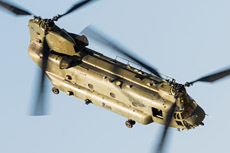
|
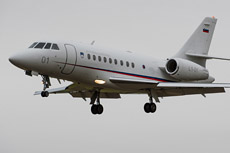
|
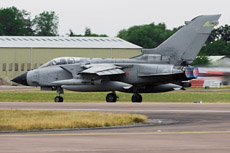
|
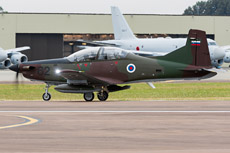
|
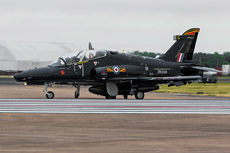
|
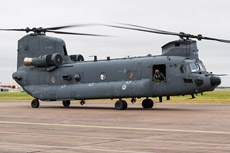
|
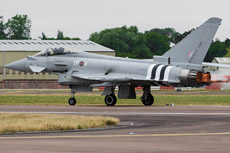
|
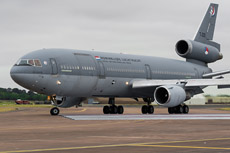
|
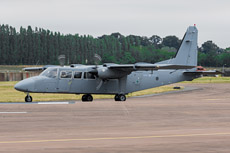
|
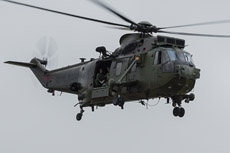
|
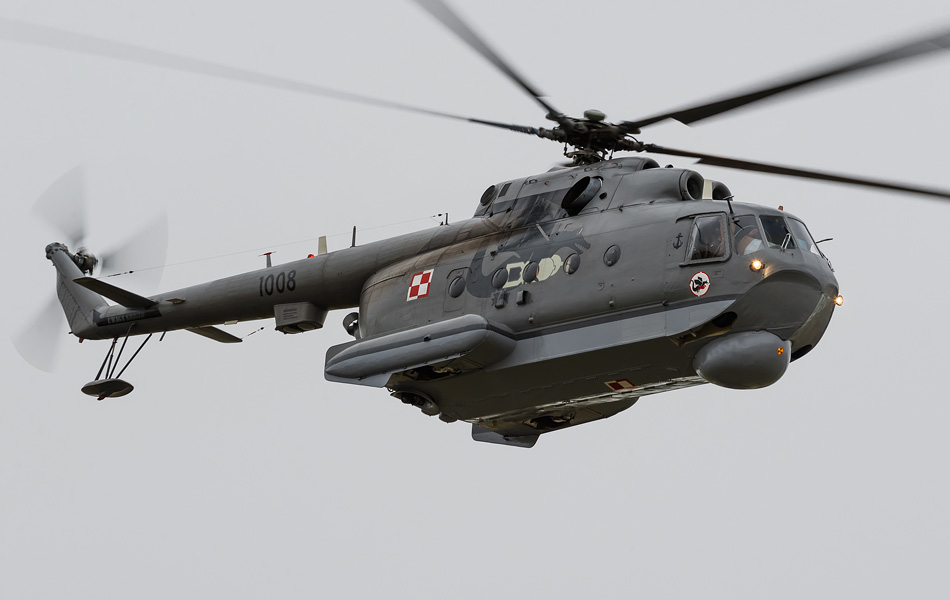
|
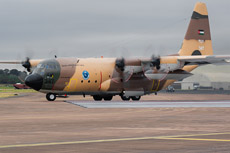
|
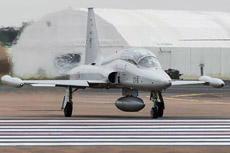
|
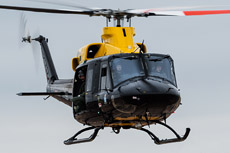
|
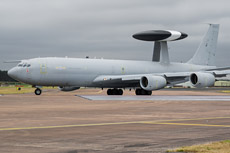
|
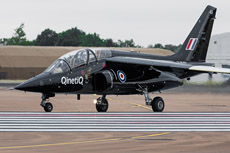
|
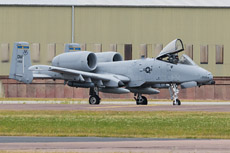
|
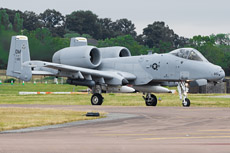
|
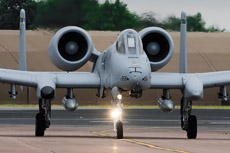
|
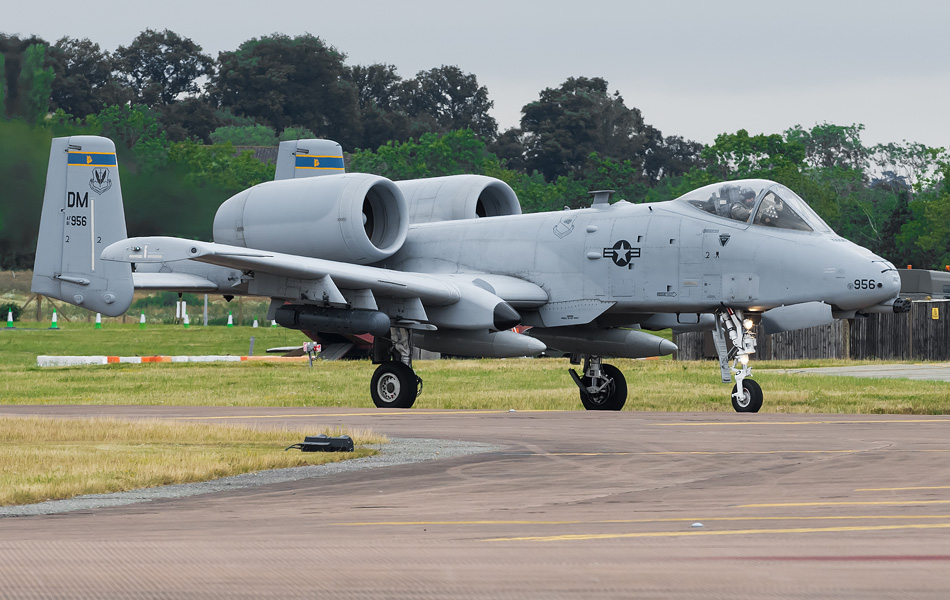
|
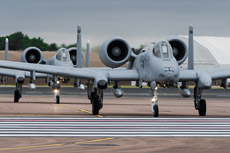
|
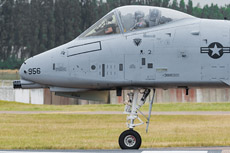
|
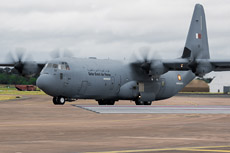
|
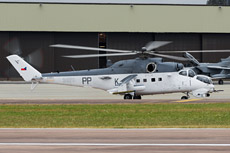
|
|
|

|







